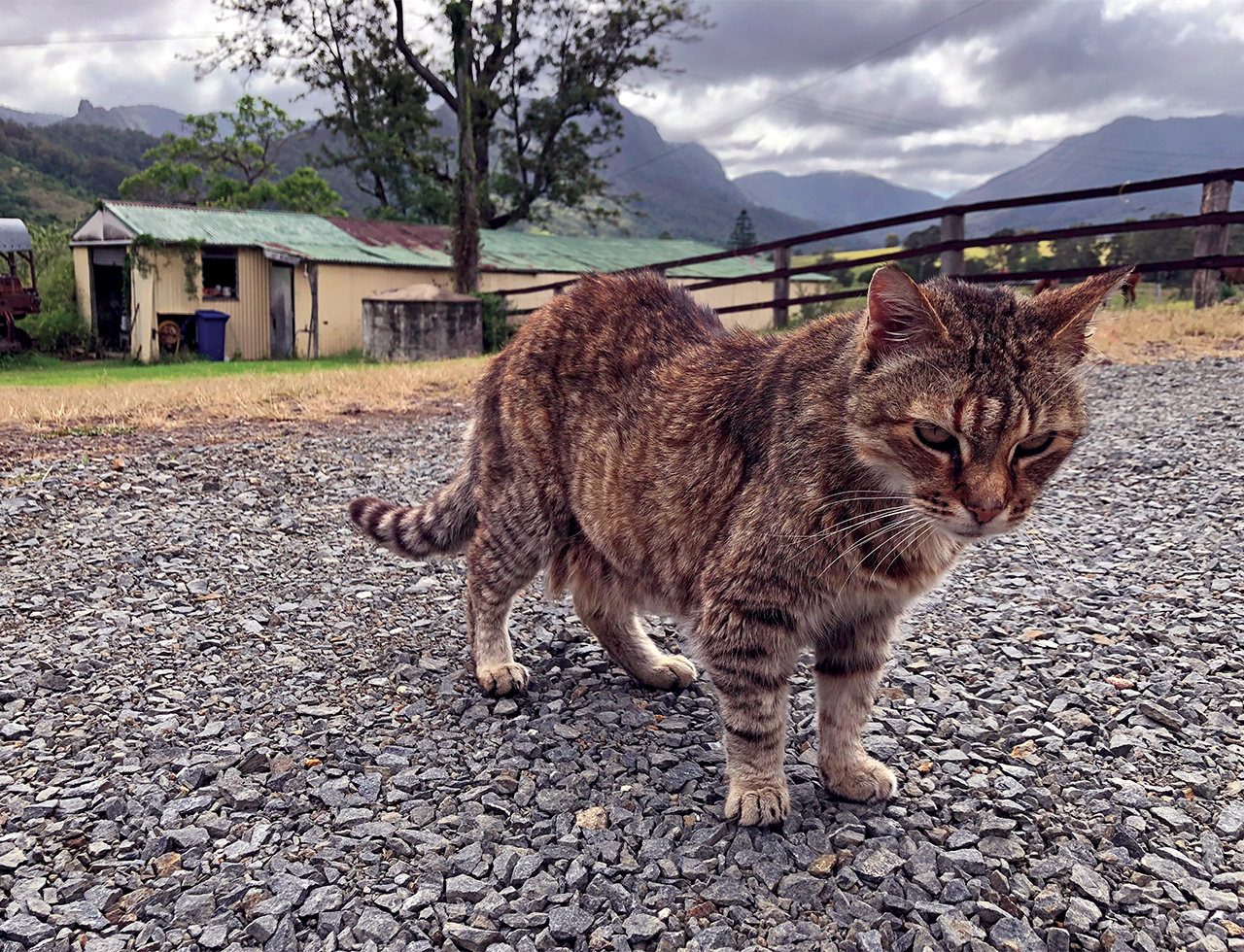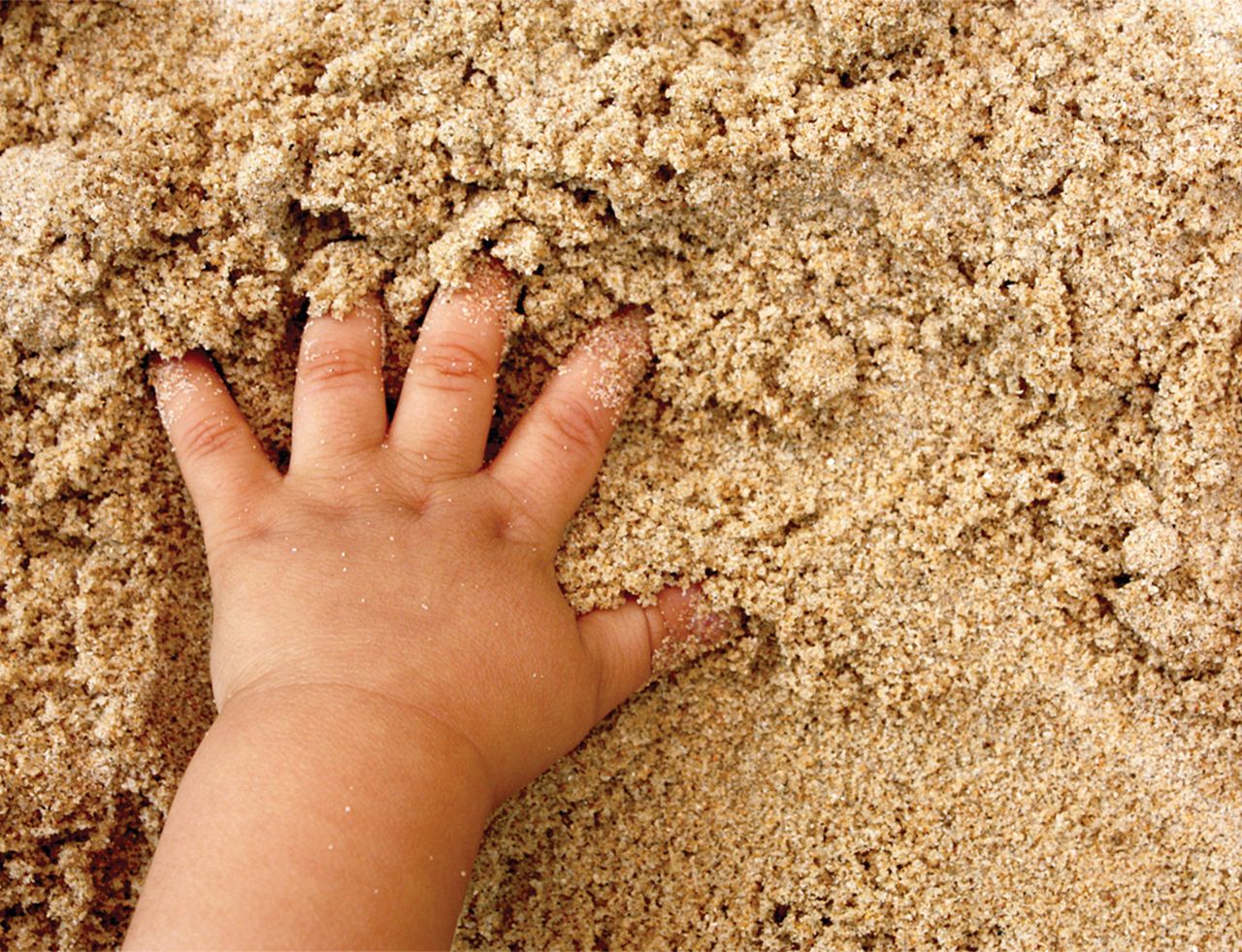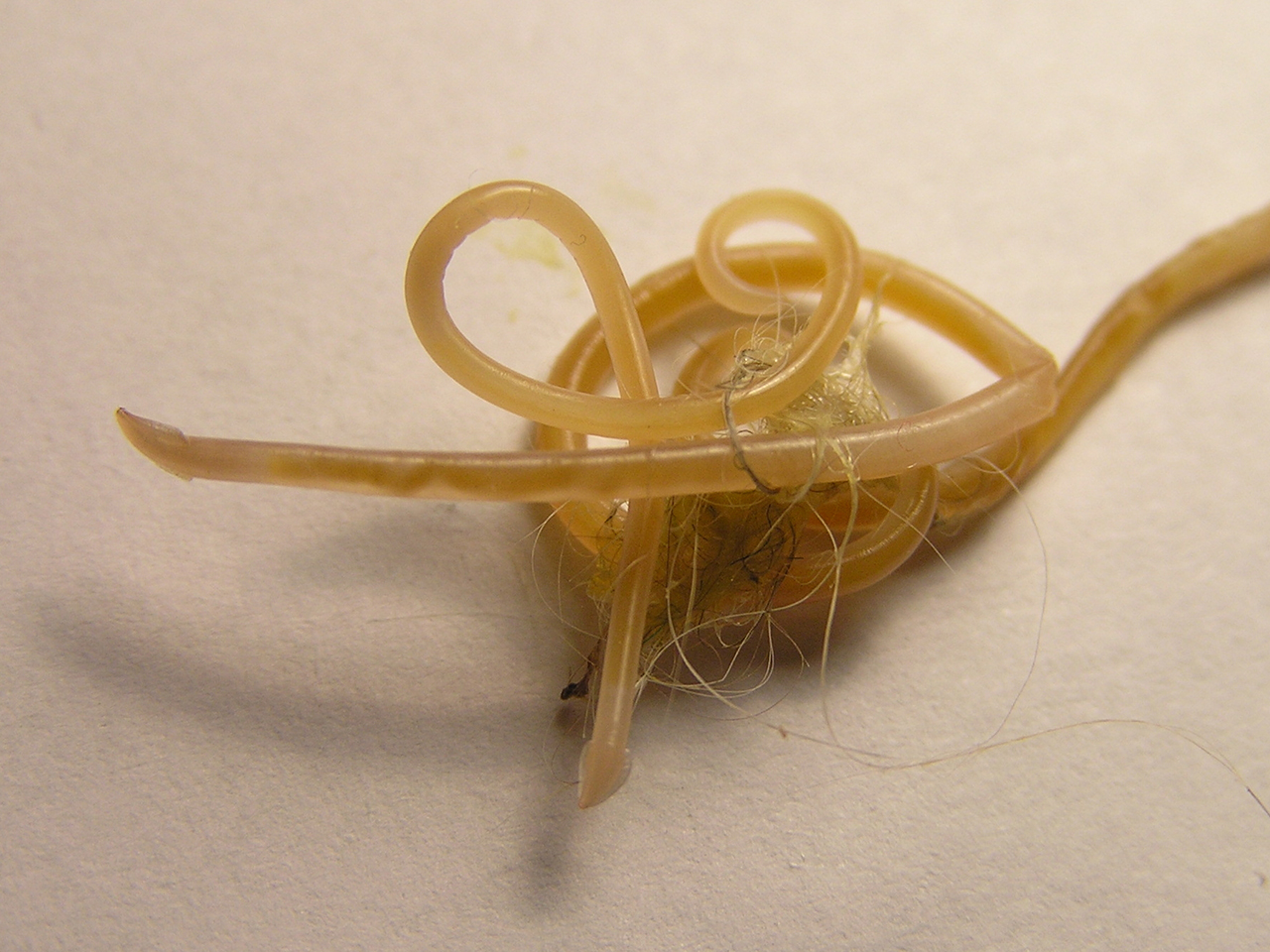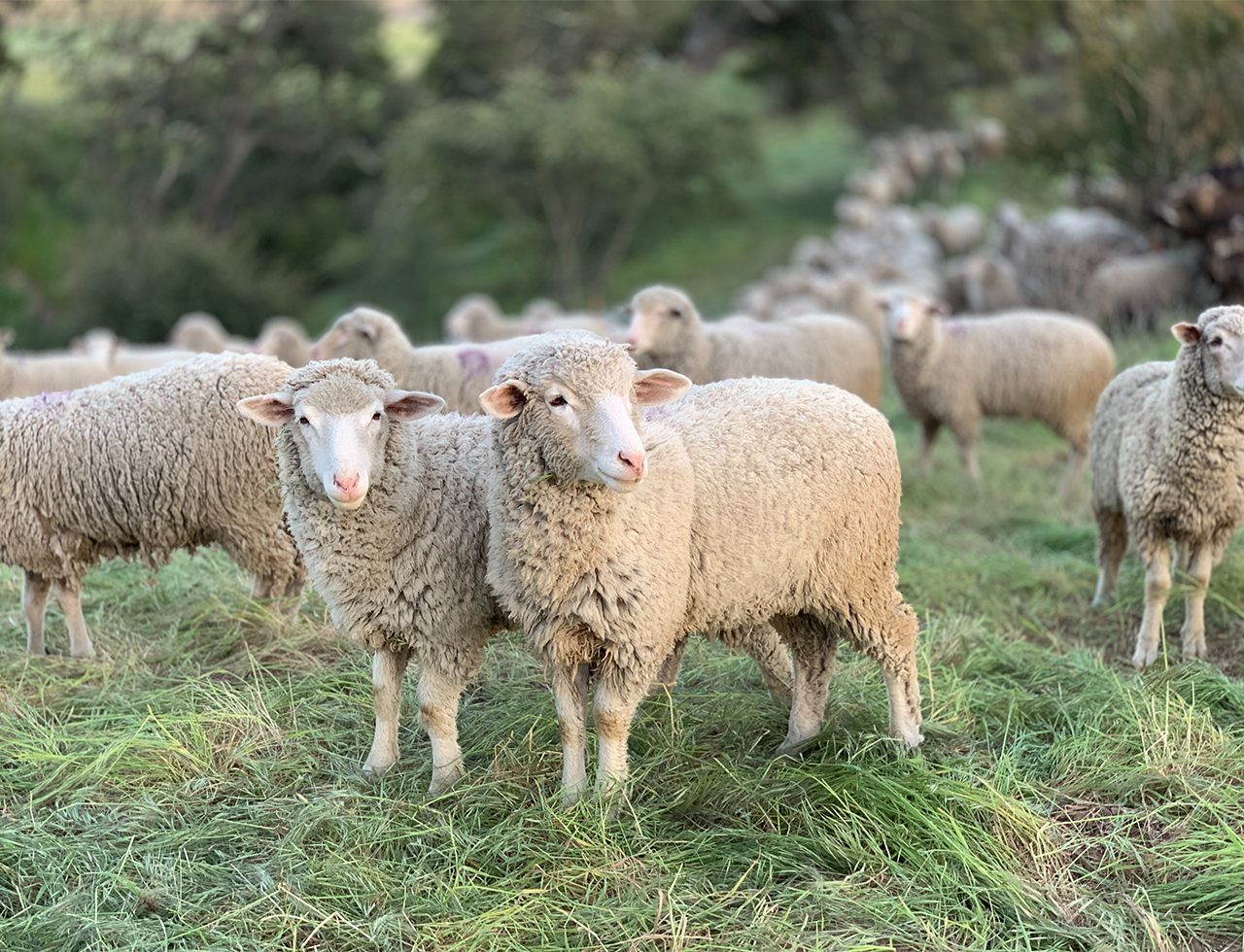
Diseases spread by cats have a $6 billion impact on health and agriculture every year
Thursday, 11 March 2021A new study led by Professor Sarah Legge at The Australian National University and Dr Patrick Taggart from The University of Adelaide has quantified the national impact of cat-borne diseases on human health and agriculture in Australia for the first time.
Toxoplasmosis, toxocariasis, sarcocystosis and cat scratch disease are caused by pathogens that depend on cats – pet or feral – for part of their life cycle. But these diseases can also be passed to humans and other animals, sometimes with severe health consequences.
Our study in Wildlife Research looked at the rates of these diseases in Australia, their human health and agricultural impacts, and the cost to the Australian economy.
Human health
Based on findings from a large number of Australian and international studies, Australian hospital data and information from the Australian Bureau of Statistics, we estimate that more than 8,500 Australians are hospitalised and about 550 die annually from causes linked to cat-dependent diseases, while thousands more suffer more minor injuries or illnesses.
We estimated the economic cost of these pathogens in Australia at more than $6 billion per year based on the costs of medical care for affected people, lost income from time off work, and other related expenses.
Toxoplasmosis is the cat-dependent disease with the greatest human health impact in Australia. The disease is caused by a single-celled parasite called Toxoplasma gondii. People contract the parasite by eating undercooked meat that is infected with the parasite, or by accidentally consuming a microscopic “oocyst”, which is like an egg, that is shed in the cat’s faeces. Oocysts are environmentally resistant and can be washed or blown around by water and wind, contaminating soil or water, and consequently consumed via drinking contaminated water, eating unwashed vegetables or not washing hands after gardening or playing in a sandpit.
 If cats access sandpits it increases the chance of children being exposed to T. gondii and cat roundworm. Image: LBOI, Flickr, CC BY NC ND 2.0
If cats access sandpits it increases the chance of children being exposed to T. gondii and cat roundworm. Image: LBOI, Flickr, CC BY NC ND 2.0
We estimate that 125,000 people are infected with Toxoplasma in Australia each year. Many infected people appear asymptomatic or have symptoms that are easily misdiagnosed as a flu, but immunocompromised people such as cancer patients can get very sick and even die.
If a woman contracts the parasite while pregnant, it can cause miscarriage or lifelong congenital impacts for her unborn baby, including hearing, vision and intellectual impairments.
Even if the initial infection causes little illness, the parasite stays with us for life, encased in a cyst, often in the brain. These “latent” infections may affect our mental health and behaviour, such as delaying our reaction times.
Studies have shown that people with a T. gondii infection are more likely to be involved in a car accident. A review of several studies found if there were no T. gondii infections, car accident rates would theoretically be 17% lower. In an Australian context, these fewer car accidents would result in about 200 fewer deaths and 6,500 fewer hospitalisations each year.
T. gondii infections are also associated with an increased risk of mental health disorders. For example, reviews across many studies suggest that without T. gondii infections, there could be 10% fewer suicides and 21% fewer schizophrenia cases.

Cat roundworm. Image: Beentree/Wikimedia Commons, CC BY SA 4.0
Scratches and worms
Cat scratch disease is a bacterial infection (Bartonella henselae) that people can contract if bitten or scratched by an infected cat. Typical symptoms include sores, fevers, aches and swollen glands. But more serious symptoms, such as inflammation of heart tissue, cysts in the organs and loss of vision, can also occur. We estimate that at least 2,700 Australians get sick annually from cat scratch disease, and 270 are hospitalised.
Cat roundworm is a parasitic infection (Toxocara cati) that people and other animals can contract by accidentally consuming the parasite’s egg, which infected cats shed in their faeces.
Most cat roundworm infections cause mild symptoms, but the migration of the larvae through the body can cause tissue damage, which can be serious if it occurs in a place like the eye or heart.
Agriculture
We found that T. gondii is the cat-dependent pathogen with the greatest impact on agriculture in Australia, and that the sheep industry is the worst impacted. Toxoplasmosis causes the loss of over 62,000 unborn
lambs each year in Australia, costing the industry around $10 million annually.
Sarcocystosis, caused by the single-celled parasites Sarcocystis giganteus and S. medusiformes, causes cysts in sheep meat which then require trimming and can even result in whole carcasses or shipments being rejected. It costs the Australian meat industry around $2 million per year.
Studies in other countries with comparable lamb production industries, like New Zealand and the UK, have found production losses of similar magnitude.
Agricultural impacts are probably uneven across Australia, because infection risk varies with climate. The prevalence of T. gondii in feral cats is much higher in cooler, wetter areas, where oocysts can survive longer in the environment.
As a result, sheep-producing areas of South Australia and Tasmania may be worst-affected by cat-dependent pathogens. Sarcocystosis-positive farms are 15 times more common on Kangaroo Island than on the adjacent mainland and cysts are observed on up to two-thirds of slaughtered adult sheep from the island.
 The cat eradication program on Kangaroo Island will benefit sheep producers as well as native wildlife. Image: Tanner Yould, Unsplash
The cat eradication program on Kangaroo Island will benefit sheep producers as well as native wildlife. Image: Tanner Yould, Unsplash
What can we do?
There are no human or animal vaccines for these diseases.
Currently, over 700,000 feral cats and 3.8 million pet cats roam our towns and suburbs, and another 2.1 million feral cats roam the bush and rural areas acting as reservoirs of these diseases. We can lower rates of all cat-dependent diseases by reducing the numbers of cats.
The community can help lower the urban feral cat population by preventing access to easy food sources on farms, at rubbish bins and tips – and by not feeding stray or feral cats, as this can lead to local aggregations of cats (“clowders”), where infection rates are higher.
Cat owners can help by keeping pet cats indoors or in a securely contained outdoor area, to reduce the chance their pet will contract or pass on a disease-causing pathogen. Pet cats should also be desexed to prevent unwanted litters that end up as free-roaming ferals.
Cats should be kept out of vegetable gardens and children’s sandpits. Washing hands after handling kitty litter and gardening, washing vegetables thoroughly and cooking meat well can also reduce the risk of transmission.
These steps would cost us little, but help safeguard our pet cats and could prevent unnecessary impacts on our health and wellbeing, our economy and to farmers.
Further information
Sarah Legge
sarahmarialegge@gmail.com
Patrick Taggart
patrick.taggart@adelaide.edu.au
Chris Dickman
chris.dickman@sydney.edu.au
John Read
ecological67@gmail.com
John Woinarski
john.woinarski@cdu.edu.au
Work cited
Legge, S., Taggart, P.L., Dickman, C.R., Read, J.L., Woinarski, J.C.Z. 2020. Cat-dependent diseases cost Australia AU$6 billion per year through impacts on human health and livestock production. Wildlife Research 47(8), pp. 731–746. DOI: 10.1071/WR20089
Top image: Feral cats, and pet cats that are allowed to roam outside, can carry a range of pathogens that can cause diseases in humans and livestock. Image: Jaana Dielenberg